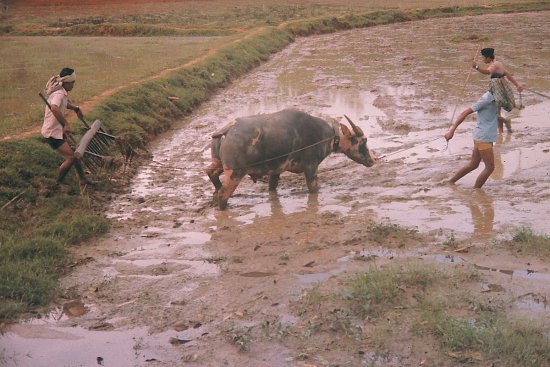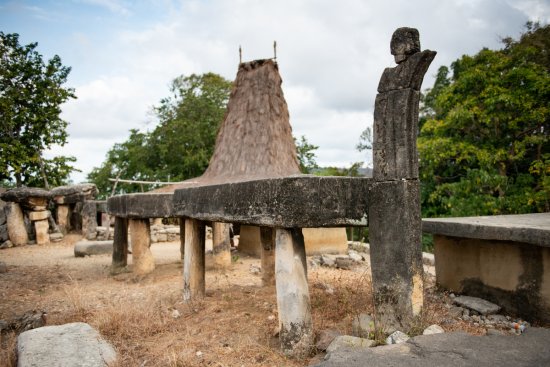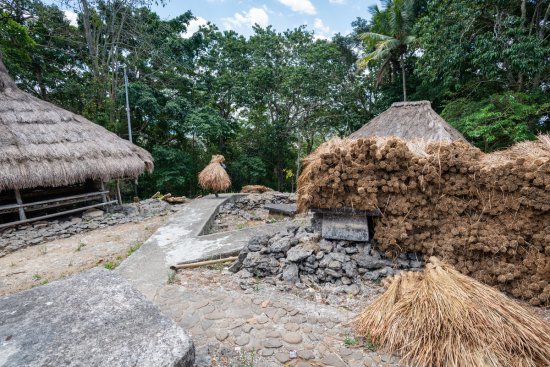Only available for non-commercial distribution
© JVP Films / CNRS / CRAVA - 1992
Reference
726
Yélémé
Over the long history of the people who have farmed in areas of rapidly regenerating forest, axeheads and adze-heads of polished stone have been essential tools for felling trees and for clearing areas within which subsistence-level agriculture could be practised.
In Indonesian New Guinea (today called Western New Guinea), until recently, small groups of horticultural farmers still used these polished stone blades to fell trees and work wood. Furthermore, diverted from their technical function, roughouts and polished blades – along with cakes of salt and marine shells – became particularly prized signifier-objects in exchanges and in social compensation payments (e.g. those connected with marriage or blood money).
The Wano of the Ye-Ineri village, whose first contact with Westerners only occurred as recently as 1981, were the main producers of flaked roughouts of glaucophanite – a metamorphic rock exploited by means of fire-setting in the valley of the Ye-I (“The place of stone axeheads”) – that were destined to be used, in their thousands, by the whole of the Dani linguistic group.
The film, shot in January 1990, shows the extraction and initial roughing-out of the stone in the Wang-Kob-Me quarry by the last knappers of stone. A few years ago this specialist activity involved the undertaking of long expeditions up to the mountains, taking the men away from their everyday activities of garden cultivation and raising pigs. Thus, the axe illustrated the sexual division of labour, the prestige of men, and the ritual exchanges in which axes and the blood of pigs were regarded as substitutes for human lives.
Duration
Production year
Définition
Color
Sound
Version(s)
Original material
The use of media visible on the CNRS Images Platform can be granted on request. Any reproduction or representation is forbidden without prior authorization from CNRS Images (except for resources under Creative Commons license).
No modification of an image may be made without the prior consent of CNRS Images.
No use of an image for advertising purposes or distribution to a third party may be made without the prior agreement of CNRS Images.
For more information, please consult our general conditions

























